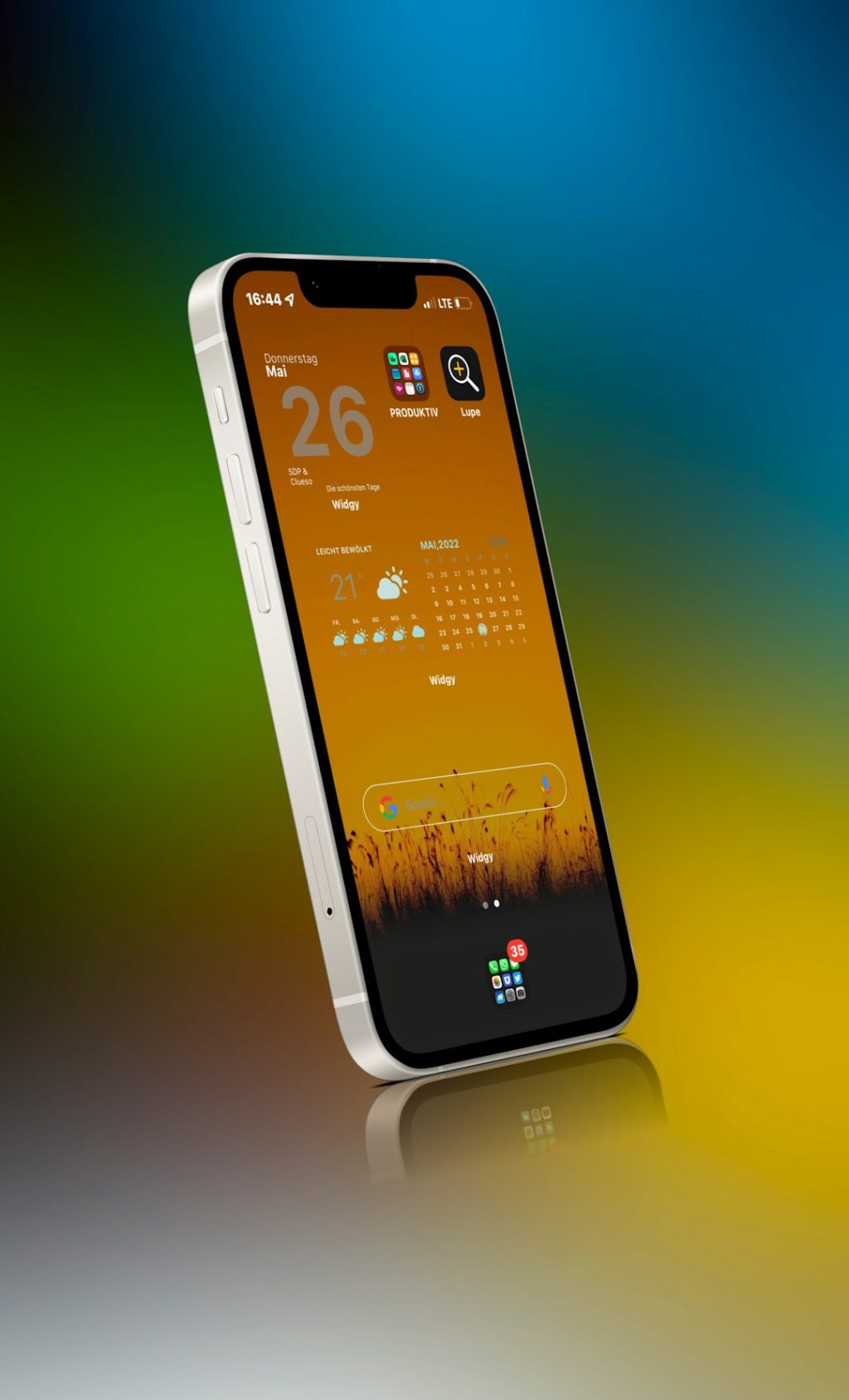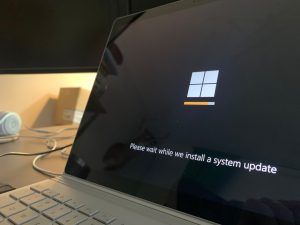When TikTok Blocked My Live Stream for “Inappropriate” Content and the Moderator Appeal Path That Restored Streaming Privileges
5 min read
For content creators, live streaming has become a vital platform for connecting with audiences in real-time. TikTok, in particular, has provided a unique space for creative expression that fits right into the short-form video frenzy. But what happens when this window of expression is suddenly shut? That’s exactly what happened when a passionate TikTok user found their live stream blocked under claims of “inappropriate content”—a vague term that left them puzzled and frustrated. What followed was a winding journey through TikTok’s appeal process, a lesson in moderation policies, and ultimately, a reinstatement of privileges that offered a clearer perspective on content guidelines and digital responsibility.
TL;DR: A TikTok live streamer was unexpectedly blocked for “inappropriate content,” leaving them puzzled and concerned about their online reputation. After investigating the platform’s community guidelines and submitting a thorough appeal, their live streaming privileges were restored. The experience provided not only relief but also a deeper understanding of the moderation process and how to prevent future bans. This article outlines that journey, the lessons learned, and how others can navigate similar issues.
The Sudden Block
It started like any usual evening of connecting with followers and sharing content live. The creator—known online as @DailyMuseVibes—was discussing mental wellness tips, responding to viewer questions, and offering journal prompts. The stream had been going smoothly for nearly 20 minutes. Then, without warning, the screen went dark and a message appeared: “Your live access has been suspended due to inappropriate content.”
There was no detailed explanation. No timestamp. No reference clip. Just a general accusation and a countdown timer showing a 7-day suspension.

Confusion quickly morphed into concern. Had something offensive slipped through? Was background music or a comment from a viewer misinterpreted? Dozens of questions flooded @DailyMuseVibes’ mind. In a digital landscape where reputation matters, a ban—especially one labeling content as “inappropriate”—can be devastating.
Understanding TikTok’s Content Guidelines
Before taking any action, the creator decided to dig into TikTok’s Community Guidelines. These rules are the backbone of TikTok’s approach to moderation.
TikTok classifies inappropriate content broadly, including:
- Nudity and sexual content
- Hate speech and harassment
- Violent or graphic material
- Self-harm or suicide content
- Misinformation and scams
After thoroughly reviewing their live session and aligning it with the guidelines, @DailyMuseVibes found no clear violation. The stream had remained respectful, informative, and family-friendly. That led them to believe they were either wrongly flagged by an automated system or mass-reported by mistake.
The Appeal Process
Once skeptical, the creator now had no choice but to rely on TikTok’s internal appeal system. The procedure involved several key steps:
- Open TikTok’s notification about the ban.
- Tap “Appeal” under the warning message.
- Fill out a brief explanation box to defend the content.
- Wait for the moderation team’s review.
In the appeal, @DailyMuseVibes calmly detailed the context of their live stream, emphasizing it was a wellness discussion with no policy infractions. They also mentioned the possibility of a false report or algorithmic error, urging moderators to rewatch the live session (or available segments thereof).
Initially, there was no response within the expected 24 to 48 hours, prompting mild anxiety. But on day five, relief finally came: a notification from TikTok stating that the decision had been reviewed and overturned. Streaming privileges were restored immediately, without further penalty.
Lessons Learned From the Experience
The situation illuminated several important takeaways for all TikTok creators:
- Keep your content within clear community standards – even if harmless, ensure nothing can be misinterpreted.
- Record your live sessions externally – this can provide personal records in case of disputes.
- Treat the appeal seriously – a respectful and clear explanation can significantly influence moderators’ decisions.
- Don’t panic – errors happen, and platforms like TikTok do allow people to correct them through appeal channels.

The Human Element Behind Moderation
One of the most eye-opening takeaways for @DailyMuseVibes was realizing the extent to which artificial intelligence initiates enforcement actions. TikTok, like many platforms, uses automated systems to detect potential violations. This works efficiently at scale, but sometimes inaccurately flags content, especially in nuanced conversations where context matters.
TikTok does include human moderators in the appeal process—a fact that made the reversal possible in this case. It’s a reminder that creators are not always up against a faceless algorithm, and genuine mistakes can be corrected with enough clarity and evidence.
Proactive Tips for Live Streamers
To steer clear of similar issues, creators can implement a few preventative strategies:
- Use safe, royalty-free background audio to avoid copyright complications.
- Assign trusted moderators to monitor viewer comments in real-time.
- Avoid discussing sensitive topics unless thoroughly researched and responsibly framed.
- Read community updates periodically to stay aware of refined or newly enforced guidelines.
Final Reflections
Getting banned for a perceived violation can be unnerving, but it doesn’t have to be the end. The journey of @DailyMuseVibes reveals that transparency, persistence, and understanding the rules of the platform can turn a frustrating experience into a constructive one. While the initial block felt like a loss, the eventual restoration brought not just relief but deeper insight into the dynamics of content moderation—a learning curve every creator eventually faces.
FAQ
- Q: Why was my TikTok live stream suddenly banned?
A: TikTok uses automated tools to flag content based on its Community Guidelines. False positives can happen, and sometimes a stream is flagged due to viewer reports or misunderstood content. - Q: How do I appeal a TikTok suspension?
A: Go to the notification, click “Appeal,” and fill in the explanation with a respectful, factual argument about your content. - Q: How long does a TikTok appeal usually take?
A: Reviews typically take 24–48 hours, but in some cases, it may take up to a week. Patience is essential. - Q: Can I continue posting videos while I’m blocked from livestreaming?
A: Yes. The live stream suspension generally doesn’t affect regular posting, unless the violation was severe. - Q: Will my followers know I was banned?
A: Your followers won’t receive direct notifications, but regulars might notice your absence during your usual live slots.
With clearer awareness and caution, creators can proceed confidently and responsibly through the rewarding world of live streaming—knowing that even if things go wrong, there’s a path to make them right.


